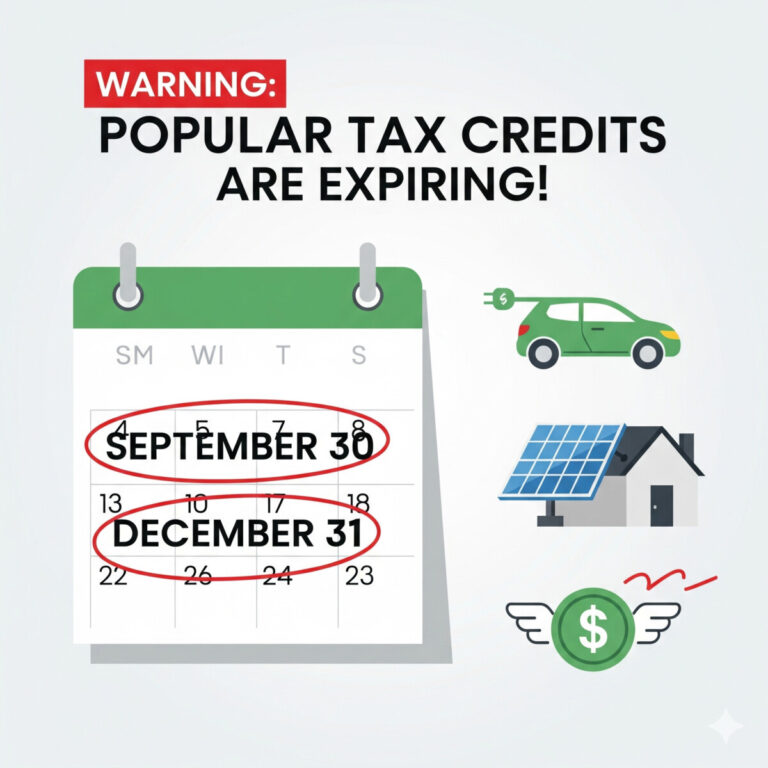California Cannabis Excise Tax: A Simple Guide to Gross Receipts (Regulation 3802)
If you’re running a cannabis retail business in California, you’ve probably spent some time scratching your head over the term “gross receipts.” It sounds simple, but when it comes to calculating the cannabis excise tax, the details can get incredibly tricky. You might be wondering: Does that credit card fee count? What about the mandatory child-proof bag? Getting it wrong can lead to audits and penalties, and nobody wants that kind of stress. I’ve seen so many retailers struggle with this, but don’t worry—this article is here to clear up the confusion and give you the confidence to calculate your taxes correctly. 😊
What Exactly Are “Gross Receipts”? 🤔
Let’s start with the basics. According to California’s Regulation 3802, “gross receipts” refers to the total amount a customer is required to pay to purchase cannabis or cannabis products. Think of it as the total sale price before any deductions. The key phrase here is “required to pay.” If a customer must pay a certain charge to walk out the door with their product, it’s almost certainly included in the gross receipts.
This isn’t just about the price of the flower or edible itself. The regulation specifically includes amounts paid for services or other items that are a mandatory part of the sale. The state wants to ensure the excise tax is applied to the full, true cost of the transaction.
The name of the charge on the receipt doesn’t matter. Whether you call it a “service fee,” a “handling charge,” or a “cost reimbursement,” if the customer is required to pay it as part of the cannabis sale, it’s included in the gross receipts for tax purposes.
What’s INCLUDED in Gross Receipts? 📊
So, what specific charges fall under this umbrella? The regulation provides several clear examples of what must be included in your gross receipts calculation. It covers both services and tangible goods that are tied directly to the sale.
For instance, any fee you charge to reimburse your business for the cost of the sale is taxable. This includes common operational costs passed on to the consumer. The same rule applies to any tangible item the customer *must* buy to get their cannabis product, like the container it comes in.
Common Includable Charges
| Type of Charge | Included in Gross Receipts? | Example |
|---|---|---|
| Credit Card Processing Fees | Yes | A 3% fee added to the total when a customer pays with a credit card. |
| Handling or Service Charges | Yes | A flat $1 “handling fee” added to every cannabis purchase. |
| Required Packaging | Yes | The cost of a mandatory child-proof bag or jar. |
| Required Hardware | Yes | A vape cartridge and battery sold together as a single, required unit. |
What’s EXCLUDED from Gross Receipts? ✅
Now for the good news! Not everything you sell is subject to the cannabis excise tax. The main exclusion is for “optional tangible personal property.” This is a fancy way of saying “items a customer can choose to buy, but doesn’t have to in order to purchase cannabis.”
For an item to be considered optional, the customer must be able to buy the same kind of cannabis or cannabis product from you without also purchasing that item. For example, if you sell XYZ brand vape cartridges individually, and you also sell vape batteries separately, then the battery is an optional item. The amount a customer pays for that optional battery is *not* included in the gross receipts from the sale of the cartridge.
Another key exclusion is for certain transportation charges, like a delivery fee, as long as it meets the requirements laid out in Regulation 1628.
The burden of proof is on you, the retailer! You must keep clear records that prove an item was truly optional. This could include menus, price lists, or inventory records showing that you sell the cannabis product and the tangible good separately. If you can’t prove it was optional, the CDTFA can include the entire charge for the item in your gross receipts.
The “Reasonable Amount” Rule 👩💼👨💻
There’s one more critical layer to the “optional items” rule. Even if an item is optional, the amount you charge for it must be reasonable. This rule prevents retailers from artificially lowering the price of their taxable cannabis and inflating the price of their non-taxable optional items to reduce their tax liability.
If the CDTFA determines that the price you charged for an optional item was not reasonable, it can count the excess amount as part of your gross receipts. They consider several factors to determine reasonableness:
- The wholesale cost of the optional item.
- The markup you’ve added to that wholesale cost.
- The price of the cannabis product it’s sold with.
- Other factors like scarcity or unique value.
Example Scenario: Reasonable vs. Unreasonable 📝
Let’s imagine you sell a $50 vape cartridge. You also sell an optional battery.
- Reasonable Charge: Your battery has a wholesale cost of $5. You sell it for $15. This markup is standard for your industry. The $15 is likely considered reasonable and is excluded from gross receipts.
- Unreasonable Charge: To lower your tax burden, you decide to price the same $50 cartridge at $20 and the optional $5 battery at $45. The CDTFA would likely see this as an unreasonable charge for the battery. They could determine that a reasonable price for the battery is $15 and add the excess $30 ($45 – $15) back into your taxable gross receipts.
Practical Example: A Customer’s Purchase 📚
Let’s put all this together with a real-world example. A customer comes to your dispensary and wants to make a purchase. Here’s how you would determine the taxable gross receipts.
Customer’s Shopping Cart
- 1 gram “Hawaiian Punch” vape cartridge: $45.00
- Optional vape battery (sold separately): $20.00
- Mandatory child-proof exit bag: $1.00
Calculation Process
1) Identify Mandatory vs. Optional Items: The cartridge and the exit bag are required for the sale of cannabis. The vape battery is optional because the customer could have bought the cartridge without it.
2) Calculate Taxable Gross Receipts: Add up the costs of all mandatory items. The cost of the optional battery is excluded.
Final Result
– Taxable Gross Receipts: $45.00 (cartridge) + $1.00 (bag) = $46.00
– Excluded Amount: $20.00 (optional battery)
In this case, you would calculate the 15% cannabis excise tax based on $46.00, not the full purchase price of $66.00.
This example shows how crucial it is to properly categorize each part of a sale. By clearly separating optional items, you ensure you’re not overpaying on your excise taxes.
Conclusion: Key Summary 📝
Navigating California’s cannabis tax regulations can feel overwhelming, but understanding the definition of “gross receipts” is the first major step toward compliance. The core principle is simple: if a customer has to pay for something to get their cannabis, it’s taxed. By carefully structuring your sales and keeping meticulous records, you can confidently manage your tax obligations.
CA Cannabis Tax: Gross Receipts
I hope this breakdown has been helpful! The key is to be deliberate and transparent in your pricing and record-keeping. If you have any questions or experiences to share, please leave them in the comments below! 😊







